Tree in Interior Design: Trends, Practical Applications and Features
When considering interior design changes, it's worth thinking about the materials that will be used for finishing. Among the most popular options is wood, which helps create a cozy, comfortable, and warm atmosphere compared to artificial and synthetic alternatives.

Advantages of using natural wood in interior design:
- Eco-friendliness, depending on the wood's treatment; in the absence of toxic compounds, it does not emit harmful fumes and can be used in bedrooms and children's rooms.
- Strength and durability, reducing the need for frequent cosmetic repairs.
- Long-lasting appearance, requiring minimal, easy maintenance.
- Subtlety and neutrality, allowing wood to either stand out as an independent part of the interior or complement it.
- Thermal insulation, making rooms with wood warmer than those with concrete or brick walls.
- Practicality and compatibility with other materials, including glass, stone, concrete, and drywall.
Decorating with wood is more relevant than decorative paint. Due to the trend towards eco-friendly design and minimalism, the use of wood is more fashionable than painting walls or wallpapering them.
How to use wood in interior design:
Not just for furniture, but also as a prominent feature, wood is an excellent option for flooring, wall coverings, and more.
On the Walls:
In addition to plaster and paint, natural, expensive wood cladding is an excellent choice for walls. The main advantage of wood on walls is its resistance to moisture and sunlight, which prevents damage or fading of the finish. To prolong its lifespan, you can treat the surface with wax, varnish, stain, or other finishes.
.jpg)
On the Floor:
Wooden flooring is a timeless choice that competes with the popularity of laminate or tile. It can be parquet, cork, or solid wood, offering a wide variety of textures and shades that help create both dark and light flooring. Visual space expansion is possible by using diagonal wood placement.
.jpg)
On the Ceiling:
Wood can also be applied to the ceiling. It has become popular to install panels imitating natural grain or to incorporate beams and structural elements, particularly in private houses with a country or classic style. To preserve wood properties, it is treated with wood wax, protecting it from moisture, rot, aging, and gradual decay, especially in dry rooms.
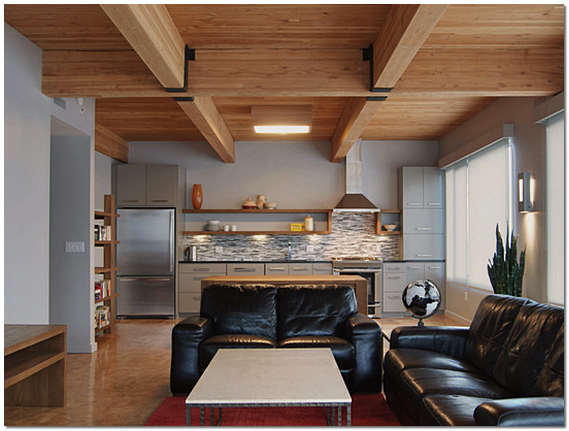
Using Wood in Different Areas:
Wood can be integrated into various areas, from bedrooms to kitchens and children's rooms.
In the Kitchen:
In the kitchen, consider using wood for furniture or accents. Because it's a wet and messy area, be sure to use moisture-resistant finishes to protect against grease and water droplets. Combining light and dark wood on the furniture and adding wooden beams to the ceiling can emphasize a rural style and an eco-friendly theme.
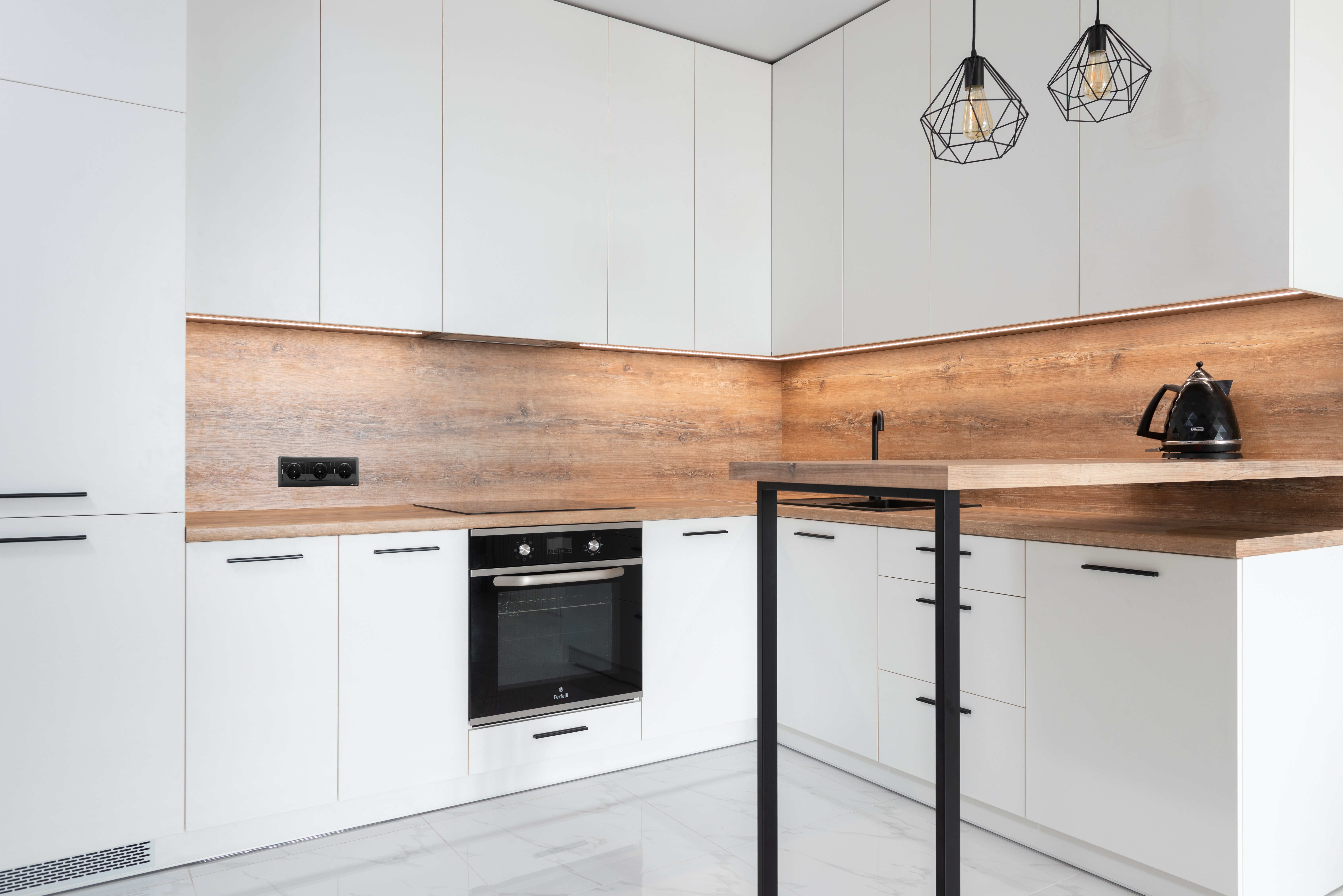
In the Bedroom:
Light wood tones work well in the bedroom. Use matte or glossy varnishes to enhance the wood's texture and shapes. Natural shades are preferred, and you can cover the walls, floor, and even use wood for decorative elements like headboards or room dividers.
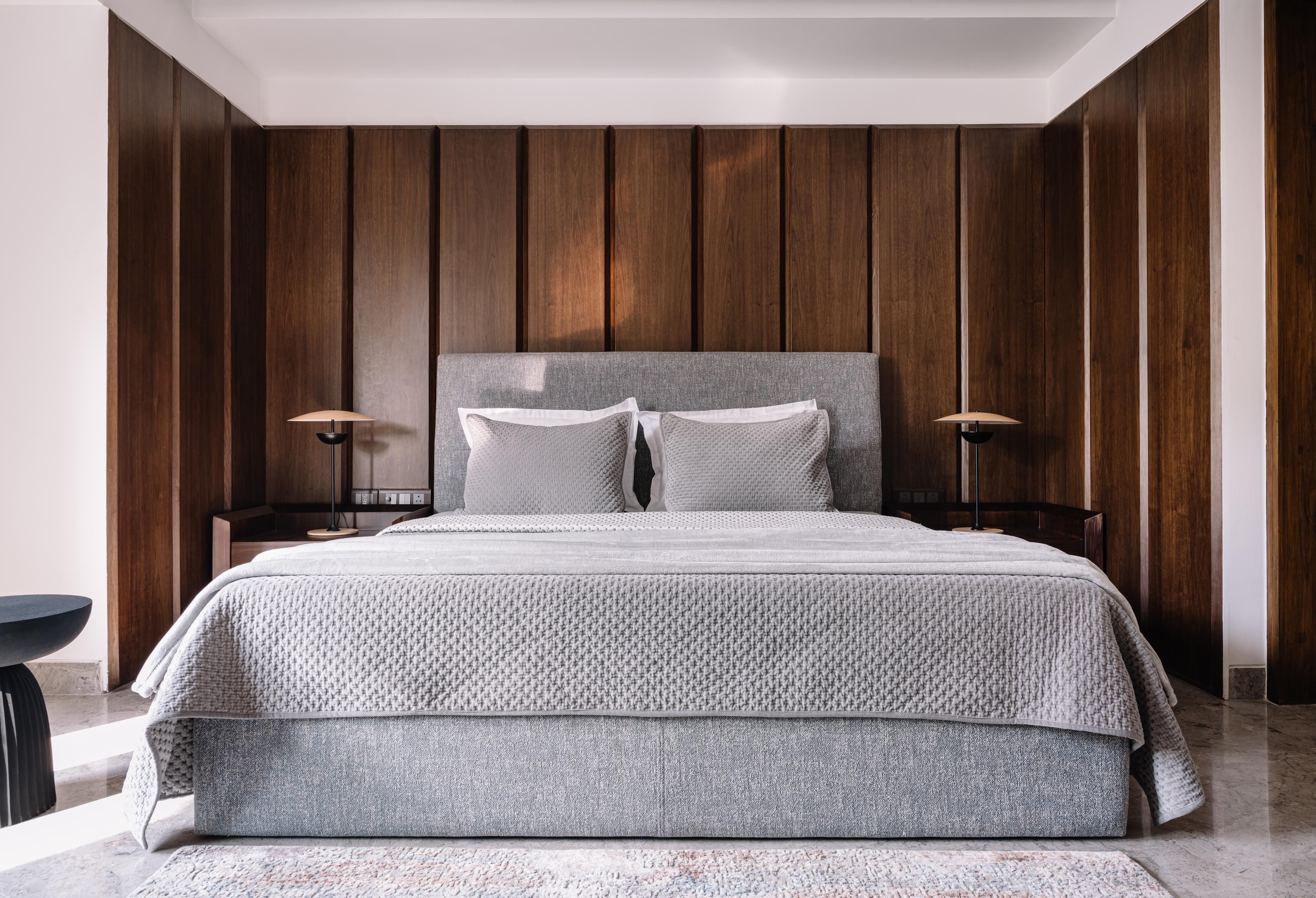
In the Bathroom:
For the bathroom, choose moisture-resistant wood types such as bamboo, walnut, or oak. Rather than tiles, consider combining wood with plaster or stone for a rustic sauna or Turkish bath effect. Wooden accessories can also be used alongside a suitable decor.
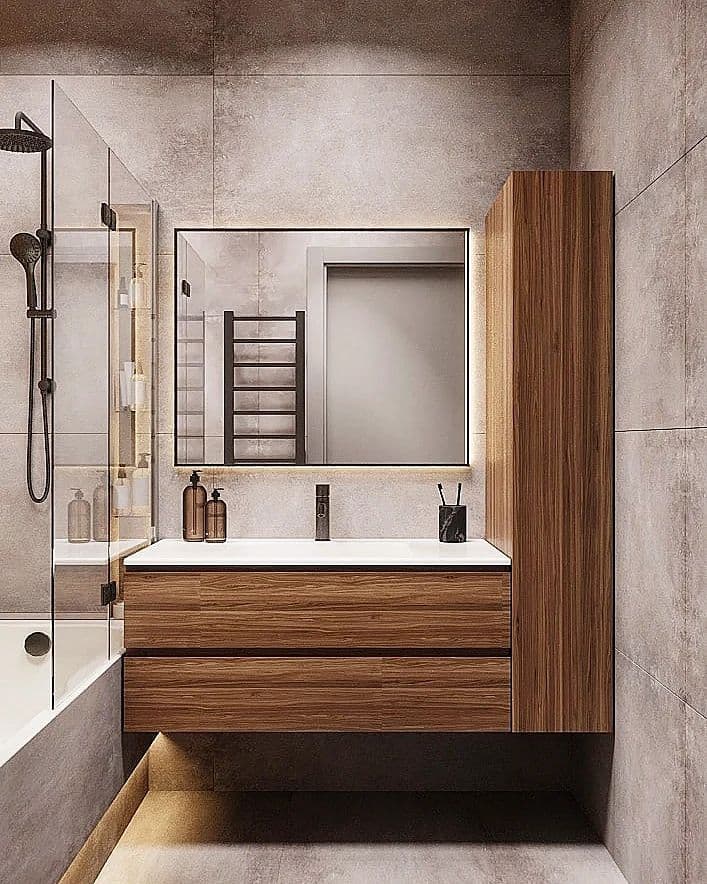
In the Children's Room:
For a child's room, practicality and eco-friendliness are essential. Using wood for decoration or furniture is a wise choice. You can combine different wood elements, like walls and floors from solid wood, along with carefully chosen furniture pieces.
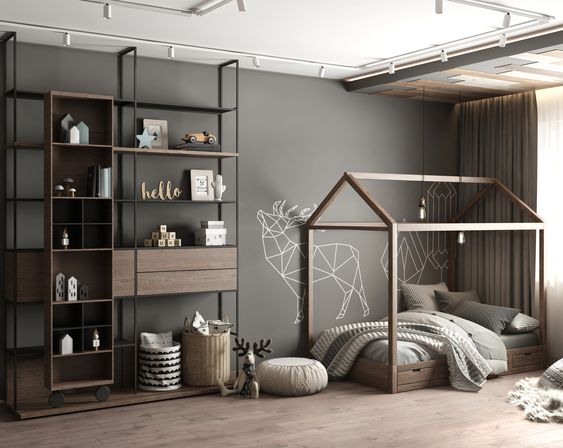
Combining Wood with Other Materials and Finishes:
Wood, as a versatile material, pairs well with other materials used in interior design. This includes not only stone and glass but also decorative wall and floor coverings. Feel free to mix wood with:
• Stone: Because both materials are natural, they complement each other nicely. Warm wood pairs well with cool stone, creating a balanced, aesthetically pleasing design.
• Brick: Combining wood with brick can be a winning choice, especially in hallways, stairwells, or living areas. Brick can come in various forms, including whitewashed, weathered, and different shapes and sizes. This combination is often used in the decor of country houses.
• Glass: In loft and hi-tech styles, you can frequently encounter the combination of wood and glass, particularly in bathrooms or stairwells. This pairing is ideal for creating an eclectic, unusual, and unique design.
Another equally relevant combination is using natural wood with decorative plaster. Both textured and Venetian plaster can be paired effectively with various types and shades of wood. They can be used simultaneously to decorate walls, with wood serving as an accent. Additionally, wooden flooring complements well with walls featuring lime or mosaic plaster (koroyed, baranchik).
Why Wood Treatment with Oil is Essential: Everything for Protection
Since wood is a delicate and natural material, it requires protection through special coatings that extend its lifespan.
For instance, in this category, you can find wood oil and wax from the German manufacturer OSMO, which shields the surface from dust, moisture, dirt, and UV fading. Additionally, it maintains breathability and forms a protective layer on the surface, preventing wear and damage to the wood.
You can also select colored oils and toning agents that allow you to restore the wood's natural shade or change its color to any hue you prefer.
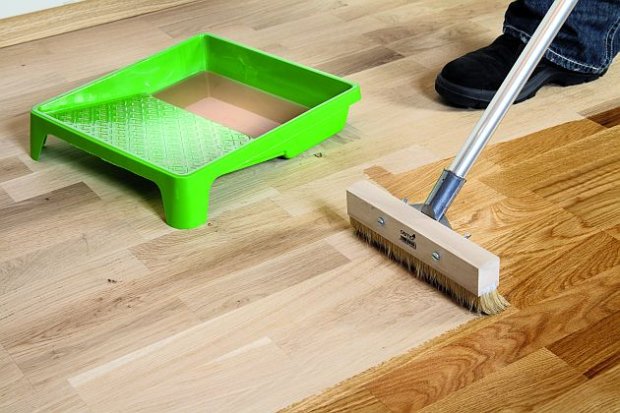
You can explore the range of wood oils and waxes on the website mva.com.ua. Thanks to the extensive selection available, you can easily choose the right wood finish, and qualified managers will provide guidance and answers to all your questions.
